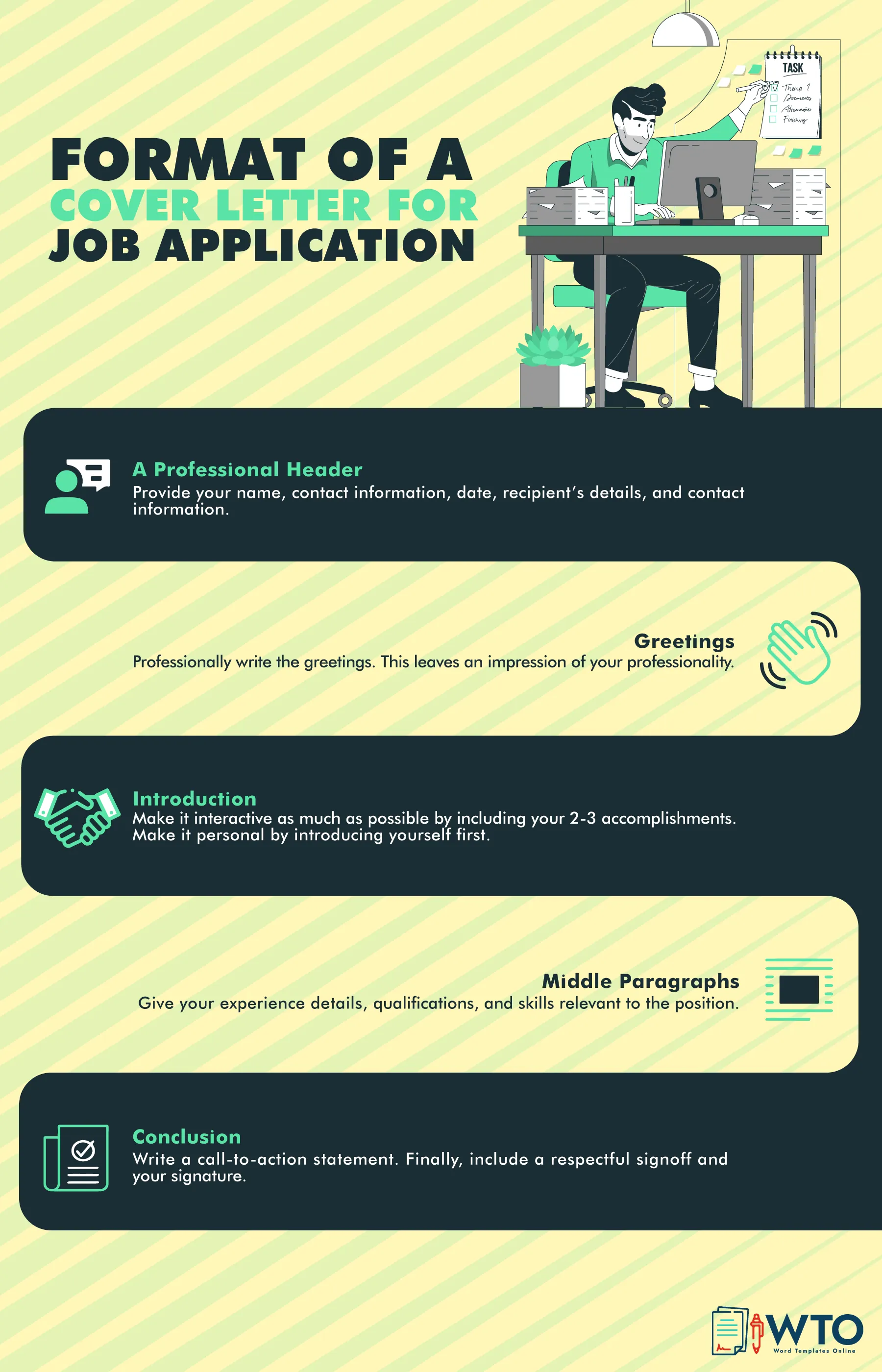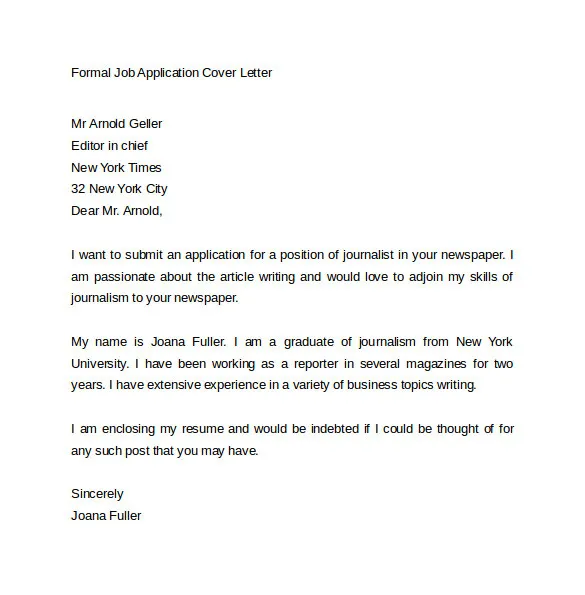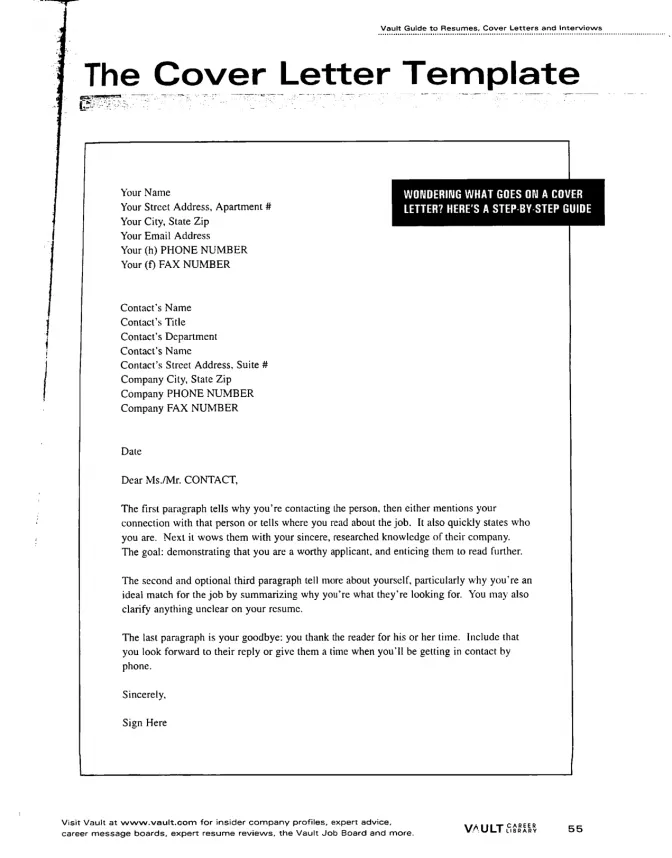Why is a Cover Letter Important?
In the competitive job market, a cover letter is your first opportunity to make a strong impression on a potential employer. It serves as a crucial introduction, providing context to your resume and allowing you to showcase your personality, skills, and enthusiasm for the position. While your resume provides a snapshot of your qualifications, a cover letter allows you to tell a compelling story, connecting your experience to the specific requirements of the job. It’s a chance to demonstrate your understanding of the company, your passion for the role, and why you are the ideal candidate. Think of it as your personal sales pitch, designed to capture the reader’s attention and persuade them to learn more about you.
Cover Letter: Highlight Your Strengths
A well-crafted cover letter goes beyond simply restating your resume; it highlights your key strengths and demonstrates how your skills and experiences align with the job requirements. Identify the most relevant skills and experiences the employer is seeking. Provide specific examples that showcase these strengths in action, using the STAR method (Situation, Task, Action, Result) to illustrate how you have successfully handled similar challenges in the past. This approach allows you to provide tangible evidence of your capabilities, making a more convincing case for your candidacy. By focusing on your strengths, you increase your chances of standing out from other applicants and capturing the hiring manager’s interest.
Tailoring Your Cover Letter for Each Job

One of the biggest mistakes job seekers make is sending a generic cover letter. Tailoring your cover letter to each job application is essential. This involves carefully reviewing the job description, identifying the key requirements, and then customizing your letter to address those specific needs. Demonstrate that you understand the role and the company by mentioning specific projects, initiatives, or values that resonate with you. Avoid simply repeating the same information from your resume; instead, use the cover letter to expand on your qualifications and show how your skills and experiences align with the employer’s needs. A customized cover letter shows that you have taken the time to research the opportunity and are genuinely interested in the position.
Research the Company
Before you start writing, research the company. Visit their website, read their mission statement, and explore their social media presence. This will give you insights into their values, culture, and current projects. Mentioning specific aspects of the company that resonate with you in your cover letter demonstrates your interest and shows that you’ve done your homework. This research can also provide valuable information about the hiring manager and other key personnel, which can help you personalize your letter further.
Personalize Your Cover Letter
Address the hiring manager by name, if possible. If you can’t find a specific name, use a professional greeting like ‘Dear Hiring Manager.’ Avoid generic openings like ‘To Whom It May Concern.’ Personalize your letter by referencing something specific about the company or the role that sparked your interest. This could be a project you admire, a company value you share, or a specific skill mentioned in the job description. Showing this level of personalization makes your cover letter stand out and increases the likelihood that it will be read carefully.
Focus on Achievements

Instead of simply listing your job responsibilities, focus on your achievements and quantify your accomplishments whenever possible. Use data and metrics to demonstrate the impact you’ve had in previous roles. For example, instead of saying ‘Managed social media accounts,’ you could say ‘Increased social media engagement by 30% in six months.’ Achievements make a much stronger impression than general statements about your duties. They showcase your ability to deliver results and demonstrate your value to the employer.
Use Action Verbs
Use strong action verbs to describe your skills and experiences. Action verbs make your cover letter more dynamic and engaging. Start your sentences with verbs like ‘managed,’ ’led,’ ‘achieved,’ ‘developed,’ ‘implemented,’ ‘created,’ or ‘improved.’ This approach highlights your accomplishments and helps the reader quickly grasp the value you bring to the table. Avoid passive language and opt for active verbs that convey confidence and expertise. Action verbs make your writing more concise and compelling, making your cover letter more memorable.
Show Enthusiasm
Your cover letter is a chance to express your genuine interest in the position and the company. Let your enthusiasm shine through by using positive language and highlighting what excites you about the opportunity. Explain why you are interested in the role and what motivates you. This could be the company’s mission, its innovative work, or the opportunity to contribute to a specific project. Showing enthusiasm makes you more relatable and demonstrates that you are genuinely excited about the prospect of joining their team. Enthusiasm is contagious and can make a lasting positive impression on the hiring manager.
Proofread Carefully

Before submitting your cover letter, meticulously proofread it for any errors in grammar, spelling, and punctuation. Errors can undermine your credibility and make you appear careless. Use a spell checker, but also read your letter aloud to catch any mistakes that the software might miss. Ask a friend or colleague to review your letter as well. Fresh eyes can often spot errors that you might overlook. A polished and error-free cover letter shows that you pay attention to detail and are committed to presenting yourself professionally.
Cover Letter: Formatting and Structure
Your cover letter should follow a standard business letter format. Include your contact information, the date, and the employer’s contact information. Use a professional font like Times New Roman or Arial, and keep the font size between 10 and 12 points. Divide your letter into clear paragraphs with a logical flow. Start with an engaging introduction that grabs the reader’s attention, followed by a body that highlights your skills and experiences, and conclude with a strong closing statement. Make sure your cover letter is easy to read and visually appealing. A well-formatted cover letter is more likely to be read and appreciated.
